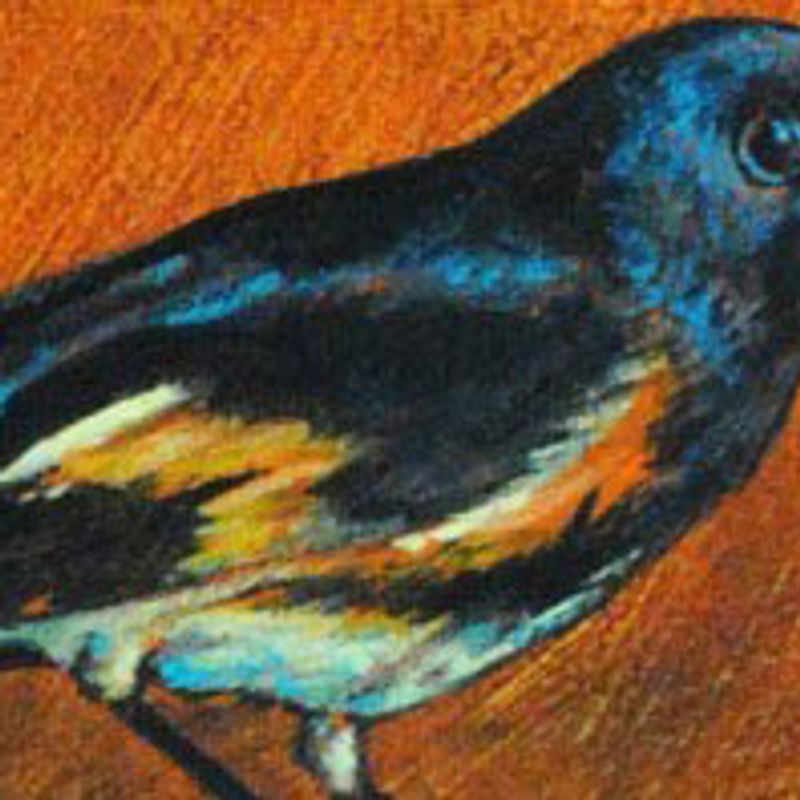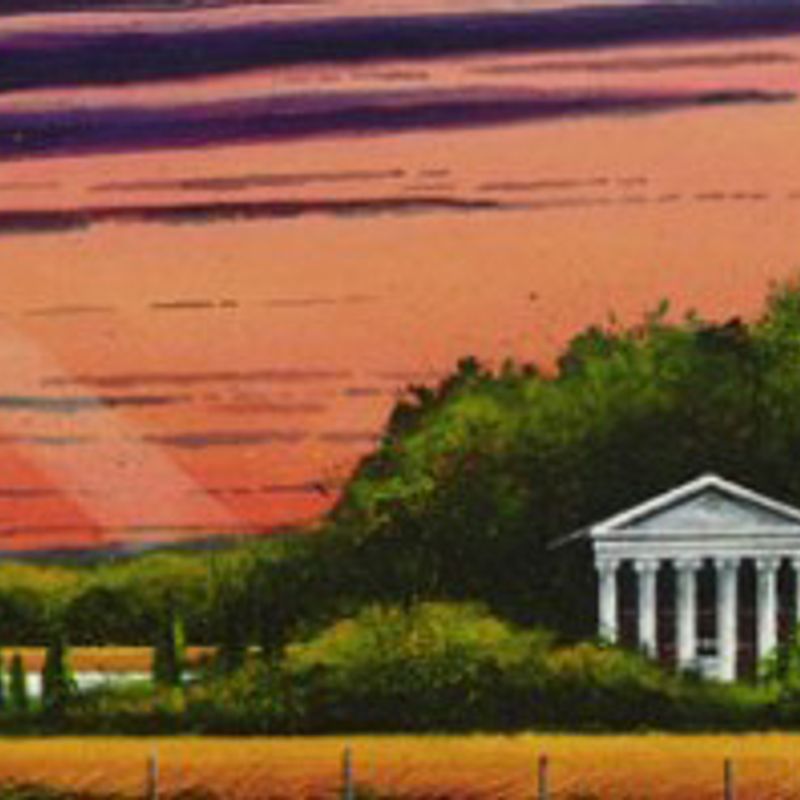Two Guns for Vengeance?
by R.T. SmithTwo Guns for Vengeance (Jove, 2011) by J. R. Roberts
While preparing my reading list for a course on the Western novel, I began to consider what to say about the kinds of books we won’t examine in the class. When I was a boy my father always seemed to have a paperback western around, a Luke Short, Max Brand or Louis L’Amour, at best, and while those writers had much of the stage machinery in place, their tales seldom seemed artful and seldom evoked the mystique of the region and period so much of the American myth has been filtered through. Though I’ll have my class read one by L’Amour (along with Lonesome Dove, The Ox-Bow Incident, Hombre, True Grit and others), I have wondered what today’s pulp westerns are like, considering the general devolution of the average American’s entertainment appetite. I wanted to see what, in the era of Kim Kardashchicken, “Dancing with the Stars” and Botox Simon the western would look like.
I chose J. R. Roberts’ Two Guns for Vengeance off the shelf at random, and the nearly two hours it took to read the novel (more like an outline for a novel with the characters and atmosphere waiting to be filled in) I felt like someone was pulling my leg. The back cover says there are “over five million Gunsmith books in print,” and a blurb on the inside advertises The Mad Scientist of the West coming in December, the 360th novel in the series from Jove. Jove? Sounds like something he’d be up to, but Jove is actually a division of Penguin, and J. R. Roberts is probably a code name for a junior high teacher in Burbank or Montpelier.
Remember those exercises for children – “Fill in the Missing Pieces”? The worthwhile western is a combination of conventions rendered with some freshness, verve and characters whose motives and quirks get under our skin. At the worst, they’re memorable caricatures – loveable or despicable, sometimes mysterious, often outrageous, but never bland – and at the best they’re conflicted and resourceful, tortured and quick-witted, scared and brave. These characters move through a western demesne – the Rockies, the Breaks, the Badlands, Taos, the Pecos and the Black Hills and so on – and follow some version of a code that is neither silly nor arbitrary but depends to a great extent on the need for trust amid threatening circumstances. And a good western furnishes suspense, tension, excitement. Not bland.
“Two Guns. . .” does have a standard issue cowboy plot: itinerant gunslinger (the Gunsmith) discovers that a friend has been killed assisting a beleaguered (but not altogether benign and therefore about the only surprise in the story) rancher and starts to look into it. Our heroic shootist Clint is outnumbered by villains, desired by women and laconic. Luckily, another friend of the deceased shows up and they join forces. Rising tensions, overwhelming odds, a lot of moving about of the pieces on the board; I won’t spoil the ending.
What does a western need that Two Guns for Vengeance lacks? Landscape, weather, firearms (not “guns” but Schofields or a Colts Navy or a Sharps, a Yellowboy), livestock. At one point in Roberts’ book a woman rides “a mare,” which is about as specific as any horse gets here, though one is named Eclipse. And any beginning horse opera writer worth his salt knows that these characters are living in the nineteenth century, so they’re likely to employ some facsimile of the diction and syntax, the basic idiom of the time and place. They won’t say, “The rest were just filler,” or that tossed-off teeny-diss “whatever.”
And by the way, The Gunsmith series appears to be not just westerns but brand X/romantic westerns more raw than what my father read, as there are sex scenes (one a rape-turned-to-cooing-appreciation escapade) all wooden and mercifully brief, with the appropriate body parts displayed, deployed and named, as well as memorable exclamations like, “It’s been a long time, but I don’t remember it ever being this good.” And after the action, as the cook Chelsea tells the rancher’s wife about Clint “the Gunsmith,” who is about to go into action, “I know he’s one man . . . but what a man.”
The novella’s best moment (“novella,” as it’s surely not over 40,000 words) occurs when Chelsea (Chelsea!?), who’s in the midst of baking, takes gunslinger Clint Adams’ face in her hands and kisses him: “She left him standing there with white fingerprints on his face.” It’s one of the few times the author pays enough attention to his story to look closely at anything.
The spelling, however, seems correct throughout, punctuation consistent, and everybody (except the cook, who will not be riding off into the sunset) receives some version of justice, which may be satisfying to some readers. The book’s final note is an attempt at witty understatement a la Butch Cassidy but without real pith or wit. I suppose I would be remiss if I didn’t say that Chelsea, Clint and rancher Powell all claim some familiarity with Twain and Dickens, which would make you think that Roberts does too, but I’m skeptical. Although the cover displays Stetsons, a gun, a little horse in the background and décolletage, for a more authentic western experience I’d recommend an evening at the local Best Western watching “3:10 to Yuma” (the one with Glenn Ford), followed by dinner at the restaurant – prime rib with ranch fries and Texas toast hot from the griddle.



